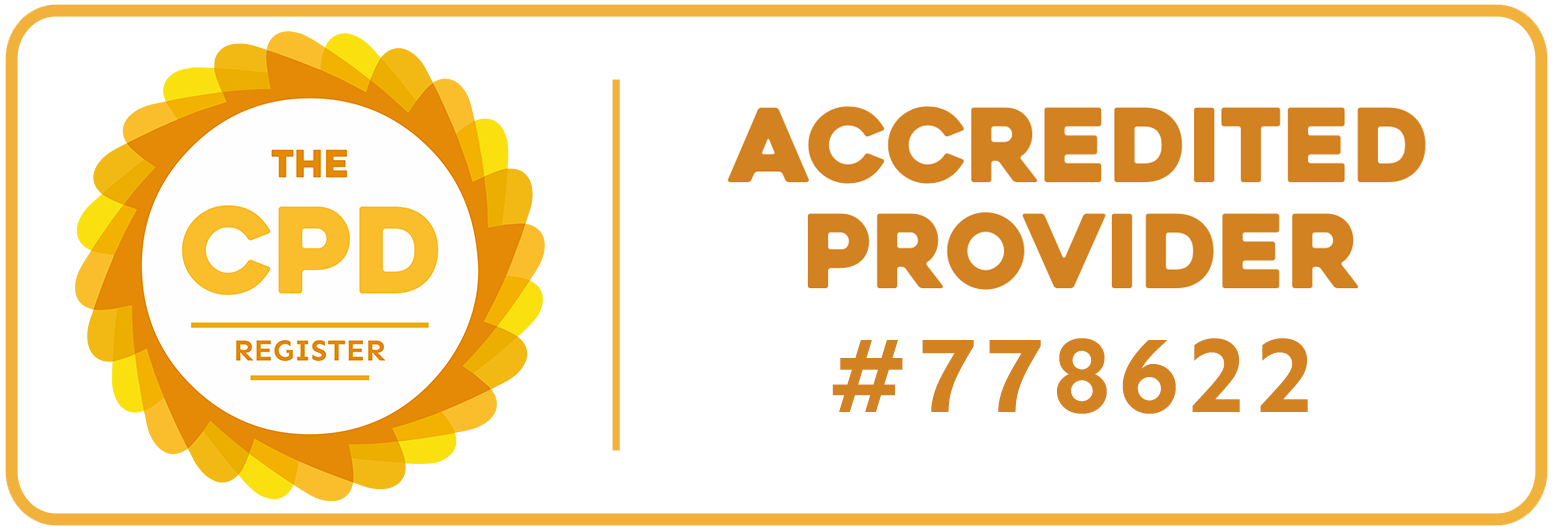Learning gain and learning analytics in English higher education
- 27 June 2017
- Posted in: Education
Learning analytics, the measurement, collection and analysis of student data to track a student’s progress during their time in education, has become a subject of great interest in the higher education sector.
A number of higher education providers and sector bodies such as Jisc are developing the use of learning analytics tools to draw on a wide range of student data to enhance learning and teaching approaches, improve attainment and retention and assess differential outcomes between students.
This is an exciting time, as this work will add to the understanding and development of learning analytics which could have enormous benefits for students and institutions alike.
HEFCE are currently funding institutions that are using learning analytics approaches to further understand and measure learning gain. Learning gain can be understood as primarily changes in knowledge, skills, work-readiness and personal development during a student’s time in higher education.
Since 2014 HEFCE has been working with the English higher education sector to provide evidence-informed advice to Government on the potential for a sector-wide approach to measuring learning gain, and establishing good practice in the use of learning gain to enhance learning and teaching practices.
Our programme of work to date comprises 13 institutional-led pilot projects, a HEFCE-administered longitudinal mixed methodology project and the analysis of administrative data to investigate how it can inform our understanding of learning gain.
Evaluation of the learning gain pilot projects has identified a number of emerging approaches to improve student outcomes using learning gain (Kandiko-Howson, 2016: to be published shortly on the HEFCE website at http://www.hefce.ac.uk/lt/lg/).
These include:
• Personalised approaches: some projects feed data into personal development tools for students, while others provide students with personalised reports or dashboards on their learning and progress.
• Pedagogy and curriculum design: data is used to enhance the classroom learning experience with projects trialling and testing new pedagogical approaches in specific classroom settings.
• Institutional enhancement: a number of the projects provide data that helps support careers offices and skills and training units to tailor their services and to target specific at-risk or in-need students.
• New and innovative solutions: a number of institutions apply learning gain measures to identify and address differential student attainment.
Initial evaluation also found that methods to understand learning gain need to be localised and contextualised: qualitative information is likely to be as important as quantitative measures.
Student engagement and good quality academic feedback plays an important role and it is appropriate to have a holistic view on the types of information that could be used to understand an individual’s learning gain.
As we improve our understanding of the nature of learning gain, and as learning analytics develop, there will be good opportunities to collaborate and to develop a shared understanding of how data can be used to enhance learning and teaching practices. This could have wide-ranging benefits for students and higher education institutions alike.
Article by Ruby Gatehouse, Policy Adviser, Higher Education Funding Council for England



